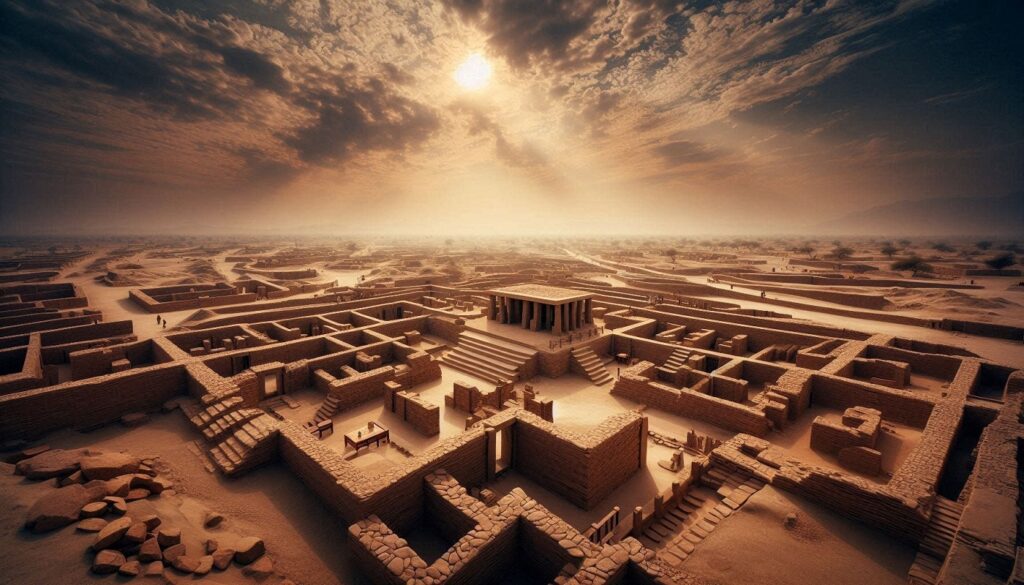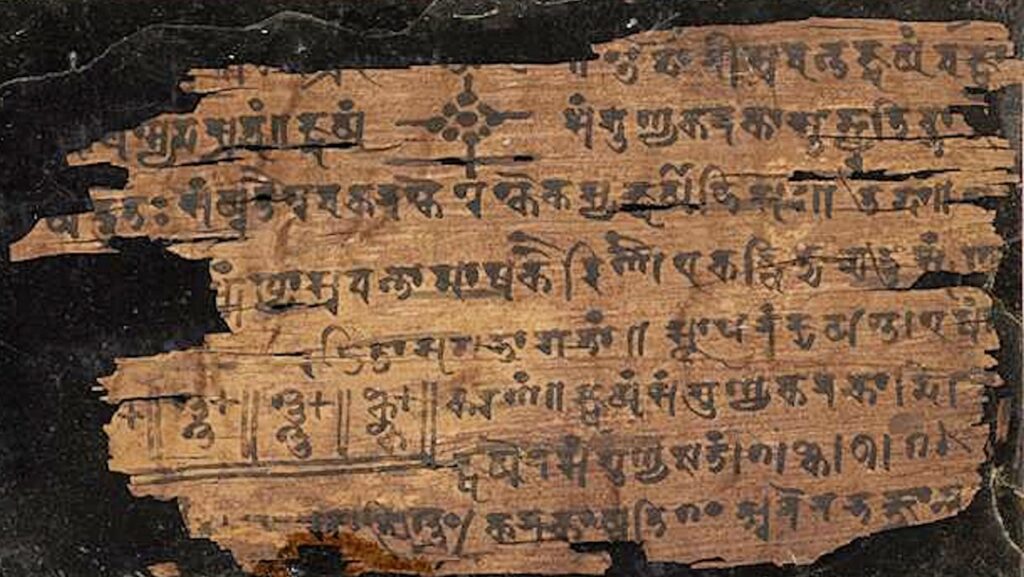Foreign Accounts: The Indian subcontinent has never been an isolated geographical entity. From early times, it has been a crossroads for traders, travelers, pilgrims, settlers, soldiers, and ideas, with constant movement across its borders over vast land and sea routes. As a result, it is unsurprising that numerous foreign texts contain references to India. These texts offer insights into how people from other lands perceived India and its inhabitants, highlighting what they observed and deemed significant. Foreign accounts can enrich indigenous literature. India attracted visitors from Greece, Rome, and China, whether as travelers or religious converts, and they documented their experiences and observations of the region.
Table of Contents
The Greeks and Romans
The earliest Greek references to India date back to the 5th century BCE, with mentions becoming more frequent over time.
One of the most notable works is the Indica by Megasthenes, the ambassador of Seleucus Nikator to the court of Chandragupta Maurya. Although the Indica survives only in fragments quoted by later classical authors, these fragments collectively provide valuable insights into the Mauryan administration, social classes, and economic activities of the period. However, like many ancient accounts, the Indica is not without its share of credulity and exaggerations.
It is noteworthy that Alexander’s invasion of India is absent from Indian sources, and our understanding of his exploits in India relies entirely on Greek accounts.
Greek writers refer to a contemporary of Alexander, Sandrokottas, who is identified with Chandragupta Maurya, the founder of the Maurya Empire, whose reign began in 322 BCE. This identification has become a cornerstone of ancient Indian chronology.
Greek and Roman accounts from the first and second centuries CE mention various Indian ports and detail the trade between India and the Roman Empire.
Notable Greek and Latin texts from the 2nd century BCE to the 2nd century CE that reference India include works by Arrian, Strabo, Pliny the Elder, and the anonymous Periplus Maris Erythraei (Periplus of the Erythraean Sea). These texts are particularly important for understanding the history of Indian Ocean trade. The Periplus of the Erythraean Sea and Ptolemy’s Geography, both written in Greek, are key sources for the study of ancient geography and commerce. The former is dated between 80 and 115 CE, while the latter is attributed to around 150 CE. The Periplus describes Roman trade in the Red Sea, Persian Gulf, and Indian Ocean, while Pliny’s Naturalis Historia, written in Latin in the 1st century CE, provides information on trade between India and Italy.
The last known Graeco-Roman scholar to write about India was Kosmos Indikopleustes, who hailed from Alexandria, a hub of Hellenistic culture in Egypt. Around 550 CE, he authored the Christian Topography, which mentions Christians in India and Sri Lanka and also refers to the horse trade.
Chinese
Many Chinese monks undertook long and challenging overland journeys to India, traversing mountains, plateaus, and deserts, to collect authentic Buddhist manuscripts, meet Indian monks, and visit centers of Buddhist learning and pilgrimage.
Among those who documented their travels to India, Faxian (Fa Hien) and Xuanzang (Hiuen Tsang) are the most renowned. Both were devoted Buddhists who came to India to visit sacred Buddhist sites and deepen their study of Buddhism. Faxian arrived in the early 5th century, while Xuanzang came in the second quarter of the 7th century.
Faxian’s journey spanned from 399 to 414 CE, focusing on northern India. Xuanzang embarked on his travels in 629 CE, spending over a decade exploring the length and breadth of the country. Faxian’s writings provide insights into the social, religious, and economic conditions of India during the Gupta period, while Xuanzang offers a similar account for the era of Harsha.
Another notable Chinese traveler, Yijing, spent 10 years in the 7th century residing at the great monastery of Nalanda. The accounts of these pilgrims shed light on the history of Buddhism and various other aspects of their times.
Arab Writers
The rapid political expansion of the Arabs, coupled with the unity provided by Islam, the growth of urban centers, and the patronage of the Caliphs, had significant and far-reaching effects on intellectual ideas and technology in Asia and Europe.
In the 9th century, Abbasid Caliph Al-Mamun founded the Beyt-al-Hikma (House of Wisdom) in Baghdad. Scholars at this academy embarked on an ambitious project to translate Greek, Persian, and Sanskrit texts on philosophy and science into Arabic. The adaptability of the Arabic language allowed for the creation of a precise scientific and technical vocabulary. Additionally, as a spoken language, Arabic made the knowledge of ancient texts theoretically accessible to anyone in the rapidly expanding Arab-speaking world.
The Arabs also facilitated the spread of elements of popular culture. For example, the Kalila-wa-Dimma, a collection of fables, drew stories from various sources, including India. While Arab scholars initially relied heavily on Greek works, figures such as Jaihani, Gardizi, and Al-Biruni developed their own independent and critical perspectives.
Al-Biruni, in particular, traveled to India driven by his curiosity about the land and its people, as well as his desire to study their ancient texts in their original language. His work Tahqiq-i-Hind covers a wide range of topics, including Indian scripts, sciences, geography, astronomy, astrology, philosophy, literature, beliefs, customs, religions, festivals, rituals, social organization, and laws. Apart from the historical value of his descriptions of 11th-century India, Al-Biruni contributed to modern historians’ understanding of the Gupta era’s chronology. The Tahqiq-i-Hind notes that the Gupta era began 241 years after the start of the Shaka era, which began in 78 CE, thus placing the beginning of the Gupta era around 319–320 CE.
Several Arabic geographical and travel accounts from the early medieval period also reference India. For instance, the account of the traveler Sulaiman mentions India, which is unsurprising given the active involvement of both Arabs and Indians in Indian Ocean trade. These works shed light on trade and aspects of Indian political history.
During this time, Persian was the language of royal courts and high culture in Central and West Asia, leading to several Persian texts referencing India. The anonymous Chachnama, for example, describes how a Brahmana named Chach usurped the throne of Sindh in the mid-7th century and narrates the Arab conquest of Sindh by Muhammad bin Qasim. The Shahnama by Firdausi, a classic of Persian poetry, and Saadi’s Gulistan also make incidental references to aspects of Indian trade.
Historians must carefully distinguish between accounts based on hearsay and those grounded in personal experience, as well as between perceptive observations and instances where the writer’s understanding was flawed.
An example of a highly unreliable account is the Indica of Ktesias (4th century BCE), which is filled with bizarre stories about India and its people, collected by the author while serving as a royal physician in Persia.

